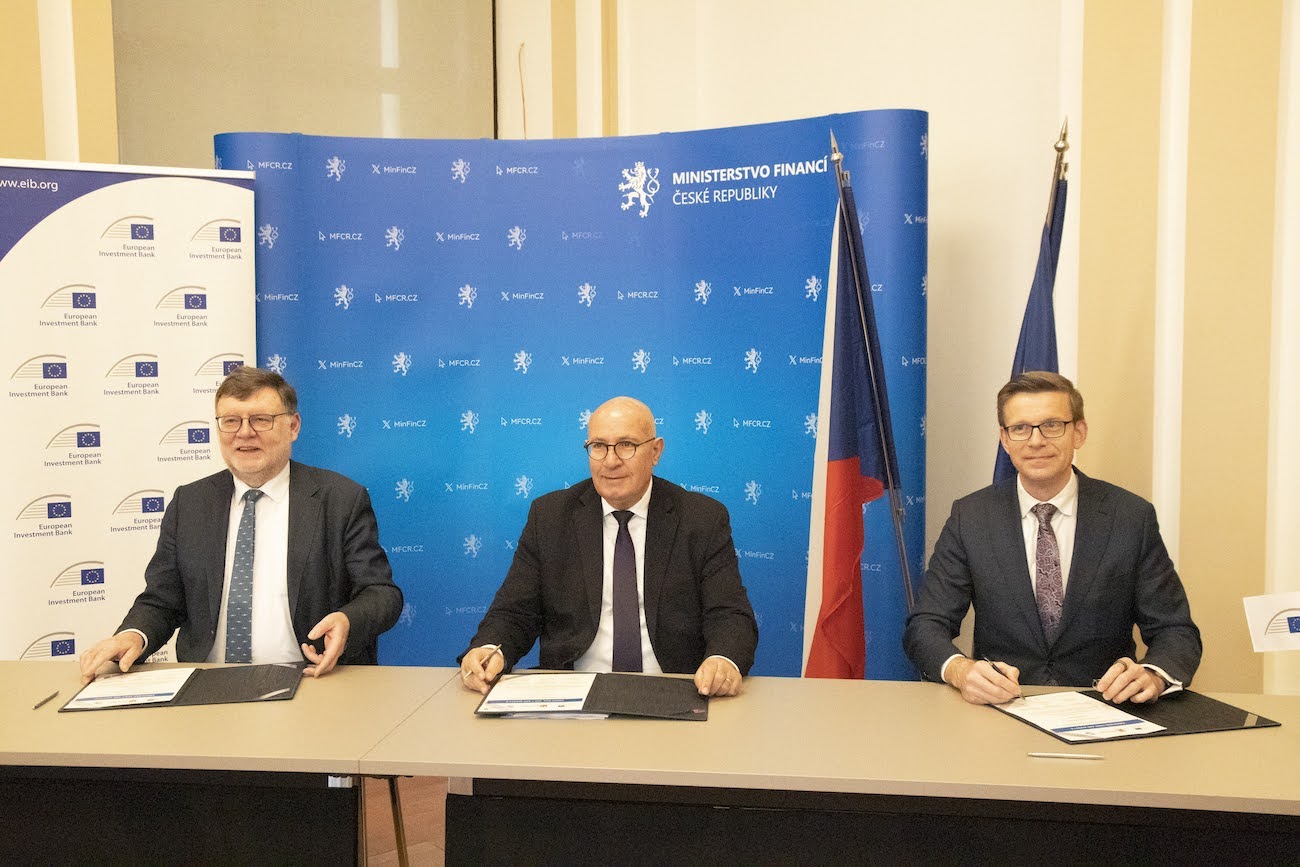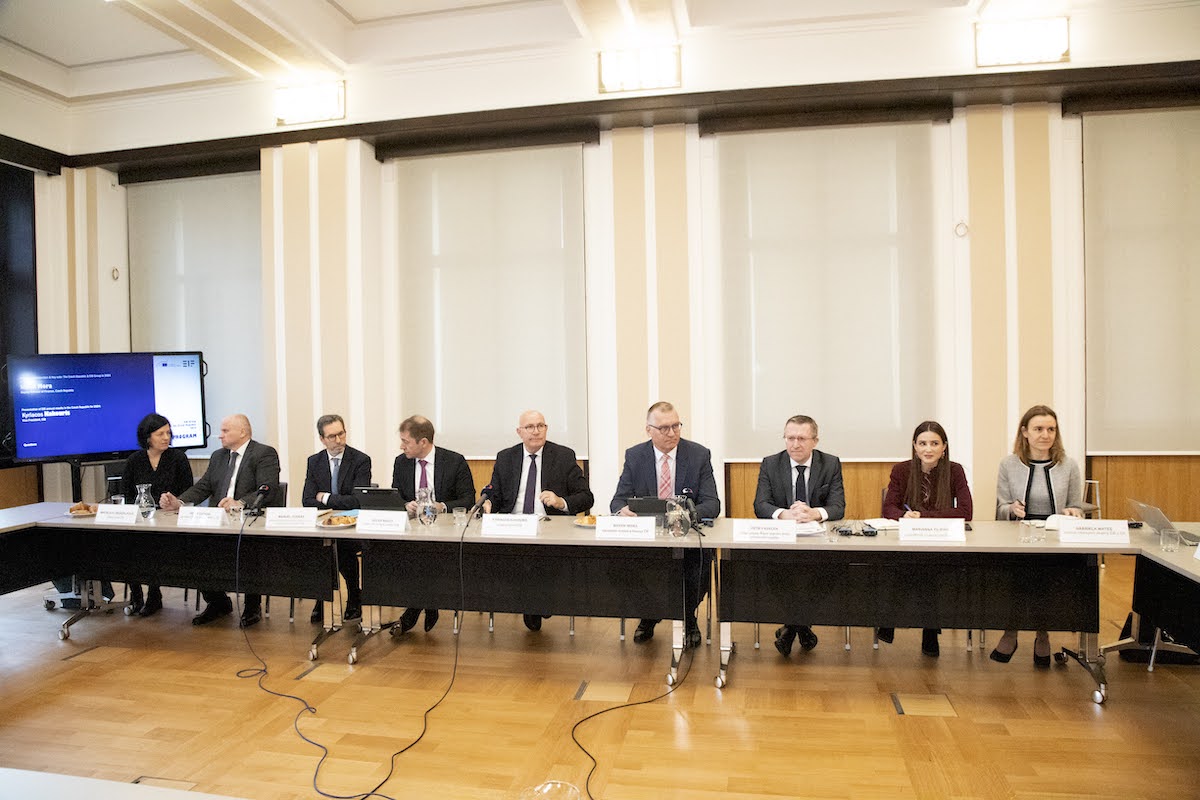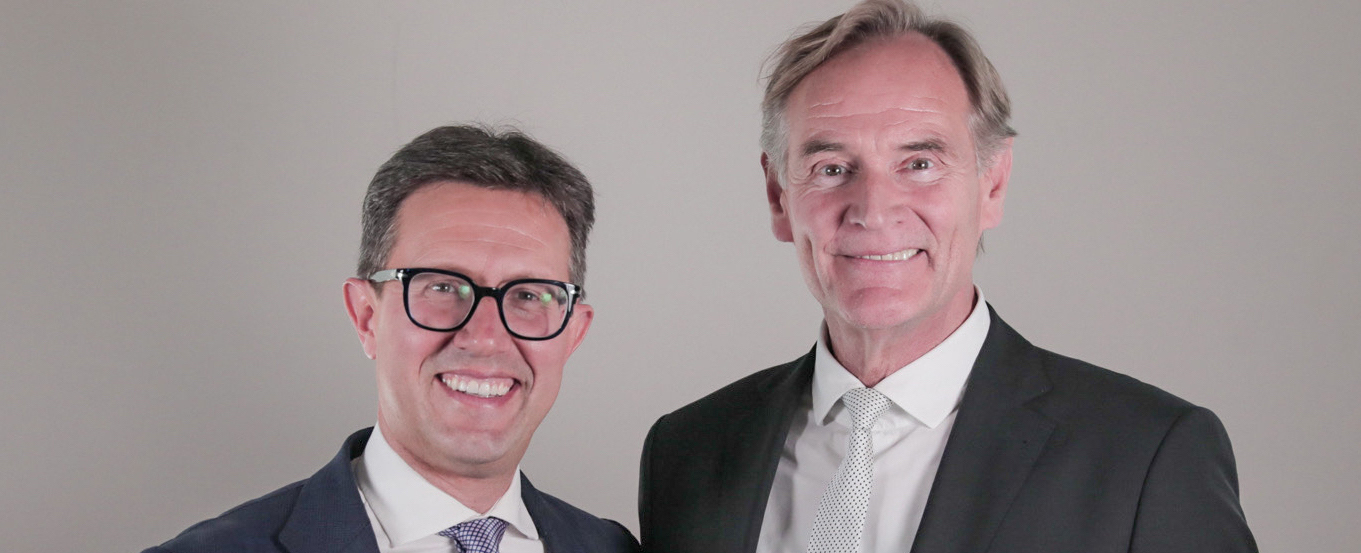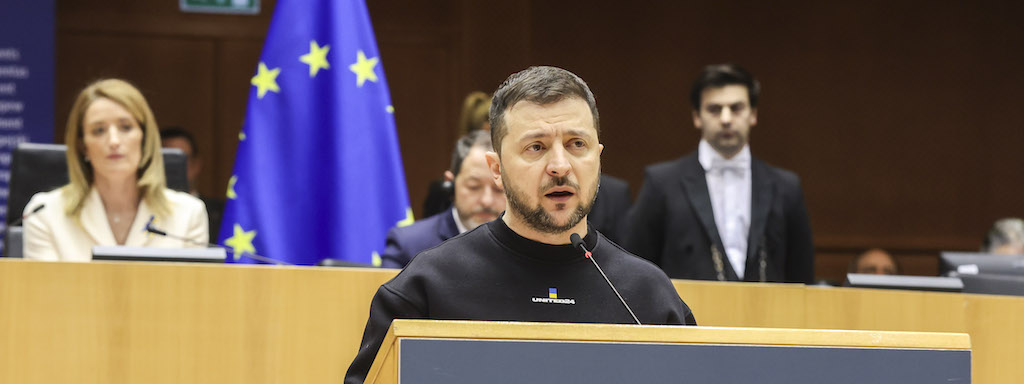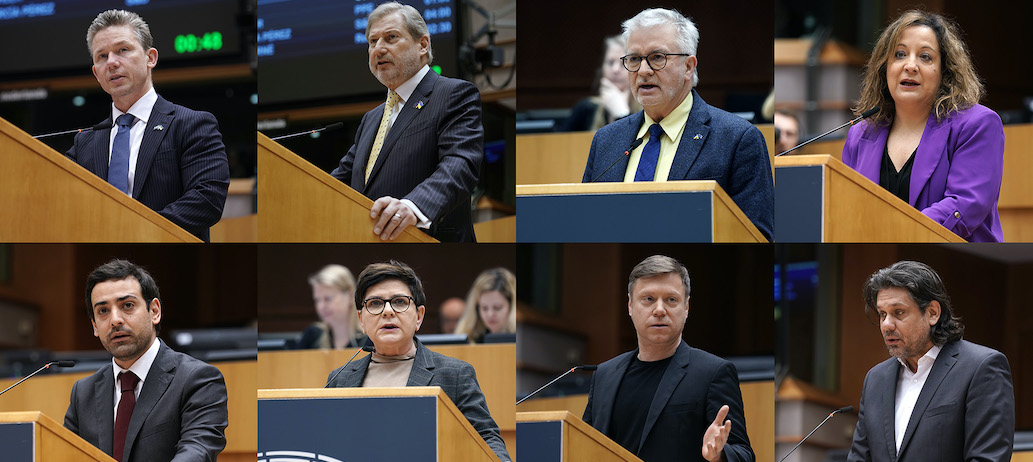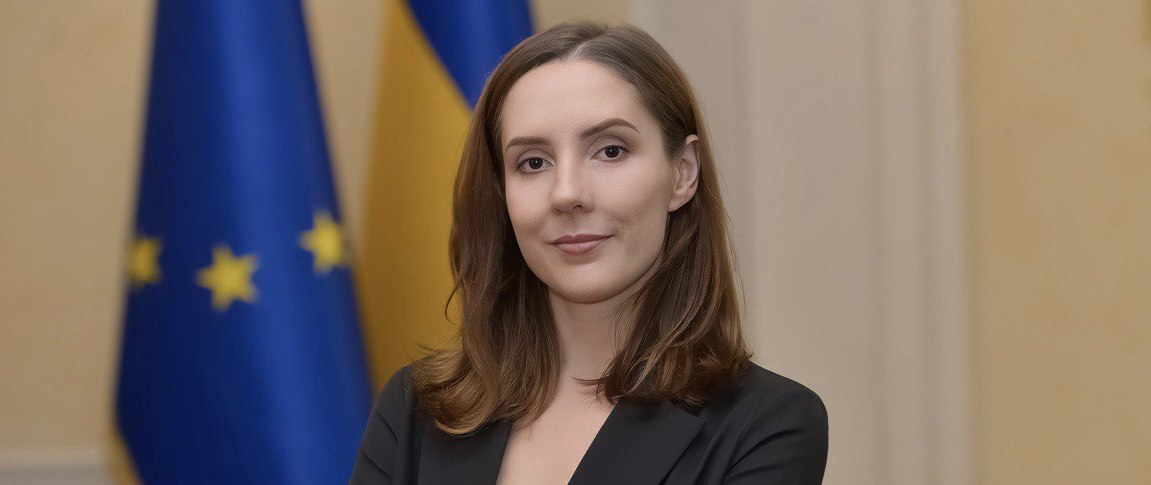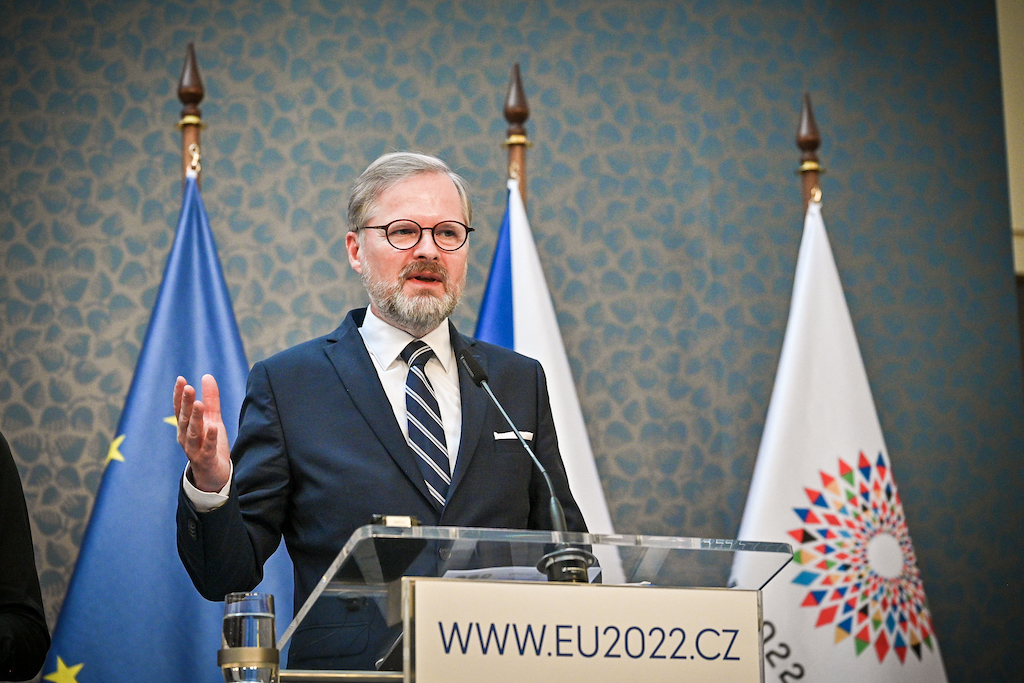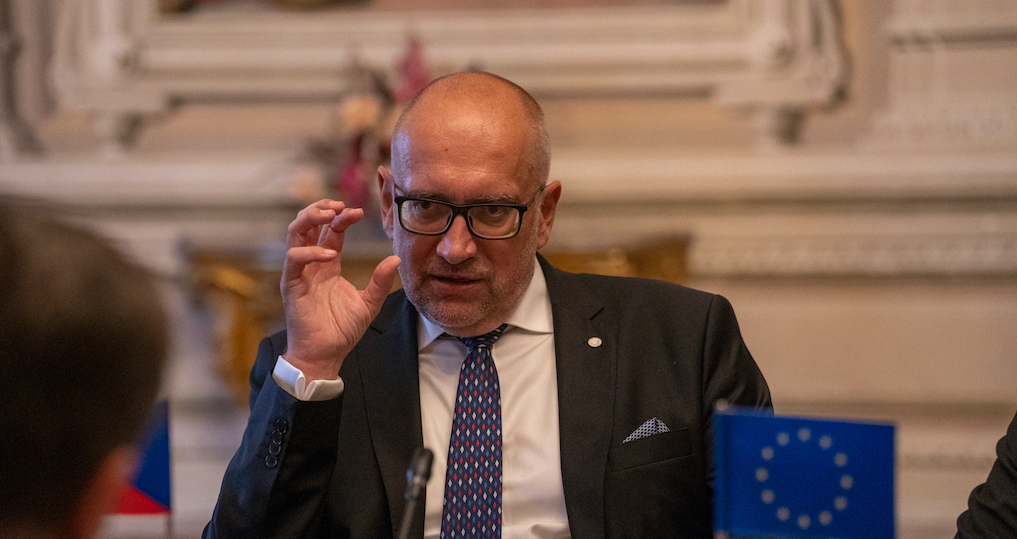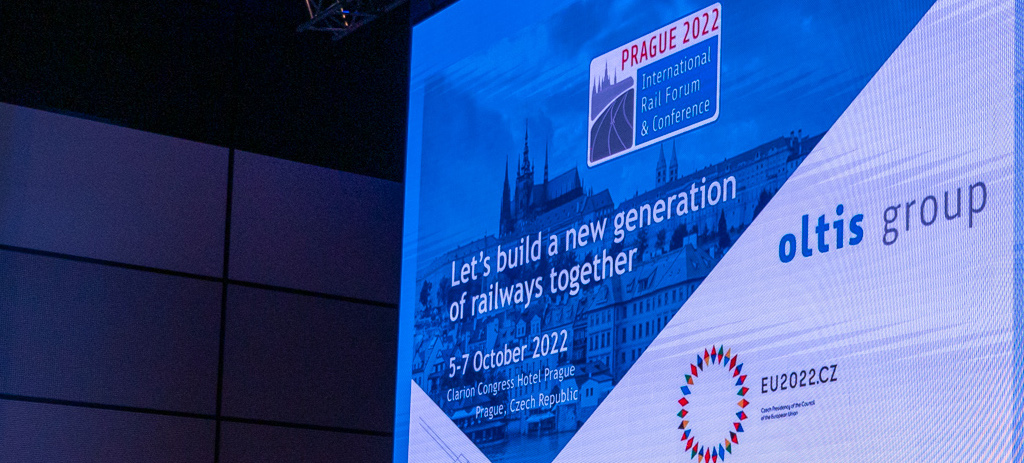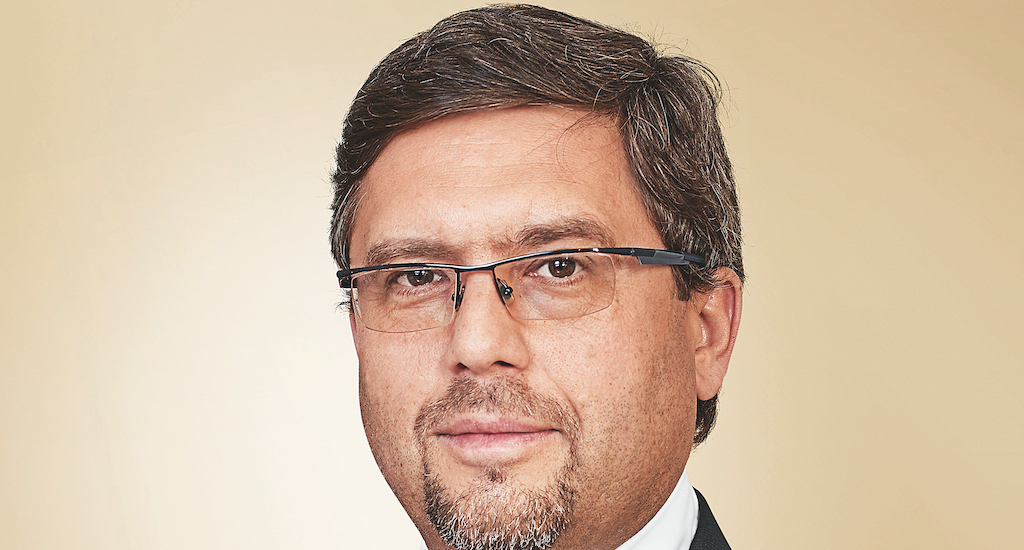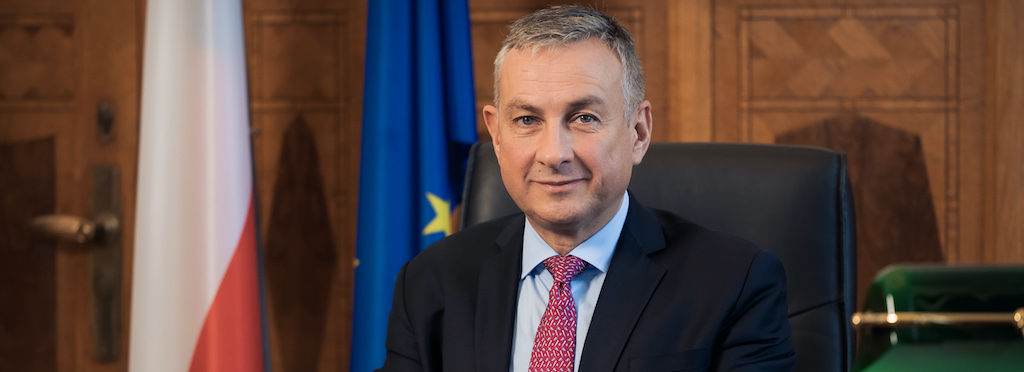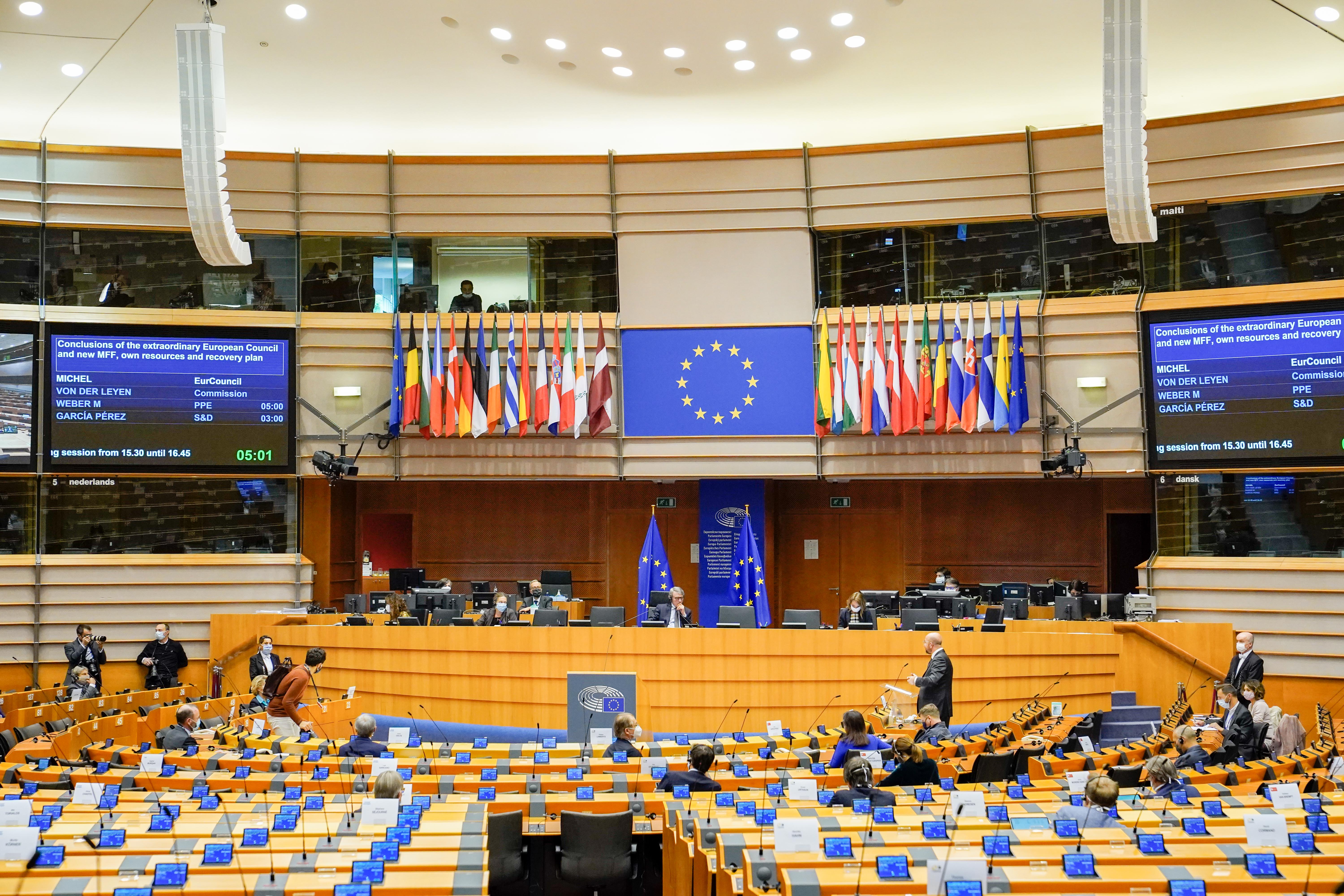
The European Commission has set out strategic guidance for the implementation of the Recovery and Resilience Facility in its 2021 Annual Sustainable Growth Strategy (ASGS). The Facility is the key recovery instrument at the heart of NextGenerationEU which will help the EU emerge stronger and more resilient from the current crisis. The Facility will provide an unprecedented €672.5 billion of loans and grants in frontloaded financial support for the crucial first years of the recovery.
The publication of the ASGS launches this year’s European Semester cycle. In last year’s ASGS the Commission launched a new growth strategy based on the European Green Deal and the concept of competitive sustainability. This year’s ASGS is in full continuity with the previous one. The four dimensions of environmental sustainability, productivity, fairness and macroeconomic stability identified in last year’s ASGS remain the guiding principles underpinning Member States’ recovery and resilience plans and their national reforms and investments. These dimensions lie at the heart of the European Semester and ensure that the new growth agenda helps to build foundations for a green, digital and sustainable recovery.
In order to benefit from the Recovery and Resilience Facility, Member States should submit their draft recovery and resilience plans outlining national investment and reform agendas in line with the aforementioned EU policy criteria. Member States’ recovery and resilience plans should address the economic policy challenges set out in the country-specific recommendations of recent years and in particular in the 2019 and 2020 cycles. The plans should also enable Member States to enhance their economic growth potential, job creation and economic and social resilience, and to meet the green and digital transitions.
The Commission also presents today additional guidance to Member States on how best to present their recovery and resilience plans together with a standard template for their plans.
Flagship projects
Based on their relevance across Member States, the very large investments required, and their potential to create jobs and growth and reap the benefits from the green and digital transitions, the Commission strongly encourages Member States to include in their plans investment and reforms in the following flagship areas:
- Power up – The frontloading of future-proof clean technologies and acceleration of the development and use of renewables.
- Renovate – The improvement of energy efficiency of public and private buildings.
- Recharge and Refuel – The promotion of future-proof clean technologies to accelerate the use of sustainable, accessible and smart transport, charging and refuelling stations and extension of public transport.
- Connect – The fast rollout of rapid broadband services to all regions and households, including fiber and 5G networks.
- Modernise – The digitalisation of public administration and services, including judicial and healthcare systems.
- Scale-up – The increase in European industrial data cloud capacities and the development of the most powerful, cutting edge, and sustainable processors..
- Reskill and upskill – The adaptation of education systems to support digital skills and educational and vocational training for all ages.The implementation of the Facility will be coordinated by the Commission’s Recovery and Resilience Task Force in close cooperation with the Directorate-General for Economic and Financial Affairs. A Steering Board chaired by President Ursula von der Leyen will provide a political steer to the Task Force to help ensure the Facility is implemented in a coherent and effective manner.
Members of the College said:
President Ursula von der Leyen said: “The Recovery and Resilience Facility is at the very heart of NextGenerationEU. It is our key tool to turn the immediate challenges presented by the coronavirus pandemic into a long-term opportunity. Member States need clear guidance to ensure the Facility’s €672 billion is invested both for Europe’s immediate economic recovery, but also for long-term sustainable and inclusive growth. Today, we are presenting this guidance and stand ready to support Member States in developing their national strategies.”
Valdis Dombrovskis, Executive Vice-President for an Economy that Works for People, said: “Today we are publishing our strategy of economic and social policies for the year-ahead, kick-starting the European Semester process. We should continue to support workers and companies during this crisis, while being mindful of preserving fiscal sustainability in the medium-term. Today we are also providing additional guidance to Member States prepare their Recovery and Resilience Plans, and we are proposing seven flagship initiatives to take the green and digital recovery forward and invest in human capital. We now call on the European Parliament and the Council to quickly reach the final agreement on the Recovery and Resilience Facility, so money can start flowing early next year. In a crisis, time is of the essence.”
Paolo Gentiloni Commissioner for Economy, said: “From the tragedy of the coronavirus pandemic, Europe has chosen to seize a unique opportunity: to restart our economies on a new, more sustainable basis. And the recovery and resilience facility will be the primary tool to make that happen. The guidance we are providing today aims to help Member States to prepare high quality national plans in line with our commonly agreed objectives. Not only so that funding can start flowing as swiftly as possible to support the recovery, but so that it can be a driver of truly transformational change.”
Next steps
The Commission calls on the European Parliament and the Council to agree as quickly as possible on the legislative proposal so that the Facility becomes operational as of 1 January 2021.
The deadline for submission of the Recovery and Resilience plans is 30 April 2021. However, Member States are encouraged to submit their preliminary draft plans from 15 October 2020. Member States should engage as soon as possible in a broad policy dialogue including all relevant stakeholders to prepare their recovery and resilience plans and are encouraged to interact with the Recovery Task Force and DG ECFIN to discuss their draft plans.




